Protection Class Current Transformers: The Backbone of Reliable Power System Protection
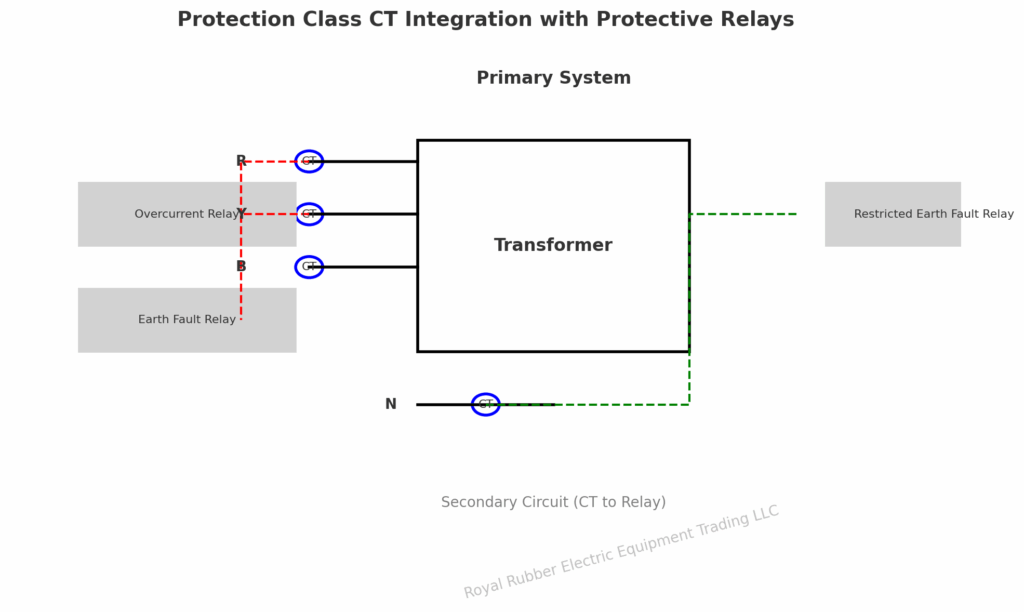
What Is a Protection Class CT?
In power systems, Current Transformers (CTs) serve two main purposes:
- Metering CTs — built for measurement accuracy under normal operating conditions.
- Protection class CTs — designed to operate accurately even under extreme fault currents, feeding protective relays to ensure quick fault clearance.
Protection Class CTs are further divided into:
- General Protection Class CTs
- Special Protection Class CTs
This article focuses on General Protection Class CTs, as commonly used in industrial and utility protection schemes.
Difference Between Metering and Protection CTs
| Feature | Metering CT | Protection CT |
|---|---|---|
| Purpose | Accurate measurement for billing/monitoring | Reliable relay operation during faults |
| Accuracy Range | Maintained at normal load currents | Maintained at high multiples of rated current |
| Saturation Point | Lower, to protect meters from high fault currents | Higher, to avoid loss of relay input under fault conditions |
| Burden Handling | Lower burden capacity | Higher burden capacity for protective relays |
| Knee Point Voltage | Lower | Higher |
| Class | Composite Error at ALF | Remarks |
|---|---|---|
| 5P | ≤ 5% | For general protection |
| 10P | ≤ 10% | For less sensitive protection applications |
Understanding Accuracy Classes and ALF
Protection CTs are specified with ratings like 5P10, 5P20, 10P20, 15P20, etc.
Example: 5P10
- 5 → Composite error ≤ 5% at rated burden and ALF.
- P → Protection class.
- 10 → Accuracy Limit Factor (ALF), meaning the CT maintains its accuracy up to 10 × rated primary current.
Accuracy Limit Factor (ALF)
Definition:
ALF is the ratio of the largest primary current (up to which the CT must retain specified accuracy) to the rated primary current.
Example from the PDFGeneral-Protection-Clas…:
For a 5P20, 5 VA CT:
- ALF = 20
- Composite error ≤ 5% up to 20 × rated current for a 5 VA burden.
- If the actual burden is less than 5 VA, the CT will perform even better, maintaining <5% error beyond 20 × rated current.
- Specifying ALF > 20 is not useful because most relays’ time-current characteristics flatten beyond 20 × rated current.
Important Note: ALF is relevant only for protection class CTs, not for:
- CTs in neutral circuits in medium/high resistance grounded systems.
- Metering CTs.
A Note on CT Saturation
CT saturation occurs when the magnetic core is driven into a non-linear region, and the secondary current no longer scales proportionally to the primary.
For protection CTs, saturation during fault conditions can lead to:
- Relay maloperation or non-operation.
- Delayed fault clearance.
Protection CTs are designed with higher knee point voltages to delay the onset of saturation.
Applications in Relay Schemes
Protection CTs integrate with various protective relays:
- Overcurrent Relays (OCR)
Detects excess current and trips the breaker to protect downstream circuits. - Earth Fault Relays (EFR)
Measures imbalance between phase currents to detect leakage to earth. - Restricted Earth Fault (REF) Relays
High-sensitivity protection for transformers/generators within a defined zone. - Differential Protection Relays
Compares incoming and outgoing current to detect internal faults.
Example Integration – Earth Fault Monitoring
In a transformer:
- CTs are installed on each phase and the neutral.
- The EFR sums the three-phase CT outputs; a residual current indicates an earth fault.
- The protection CT must withstand fault currents without saturation to maintain sensitivity.
Example Integration – Restricted Earth Fault (REF) Protection
In REF schemes:
- Phase CTs and a neutral CT must be identical in ratio and accuracy class to ensure accurate residual current measurement.
- Protection CTs with ALF ratings like 5P20 are often used to ensure accuracy even under heavy fault currents.
Practical Use Cases
- Substations – Feeder, transformer, and busbar protection.
- Industrial Facilities – Motor, generator, and process line protection.
- Renewable Installations – Inverter and transformer fault protection.
- Data Centers – Sensitive load protection with EFR integration.
Best Practices for Selection
- Match CT class & ALF to the relay’s burden and fault level.
- Keep secondary lead resistance low to prevent excessive burden.
- Always short CT secondaries when disconnected from the relay.
- Ensure burden ≤ rated VA for the CT.
Conclusion
Protection Class CTs are not just “more rugged” versions of metering CTs—they are precision devices designed to operate in extreme conditions, ensuring relays act precisely when fault currents surge. Whether integrated with overcurrent, earth fault, REF, or differential protection, these CTs form the backbone of modern electrical protection schemes.


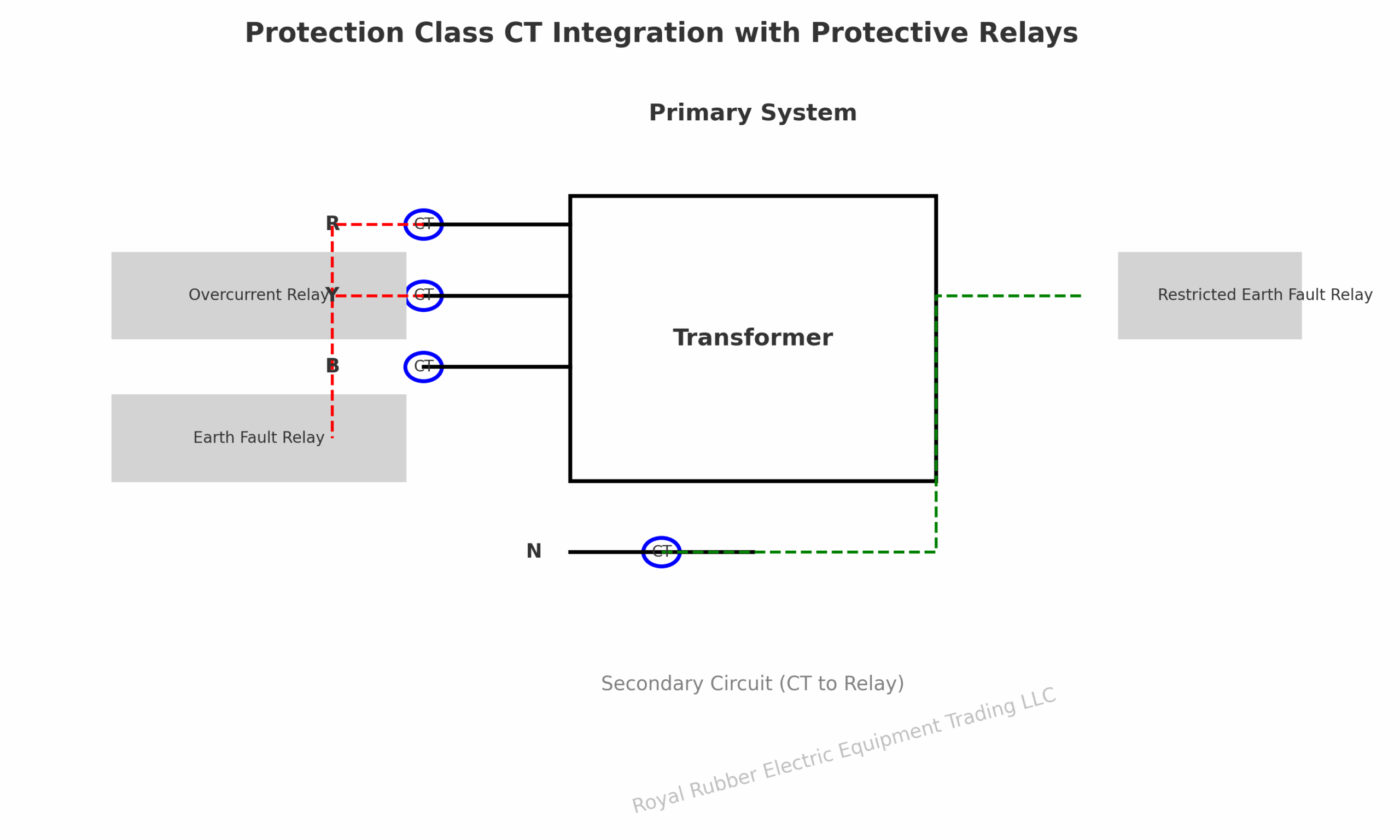
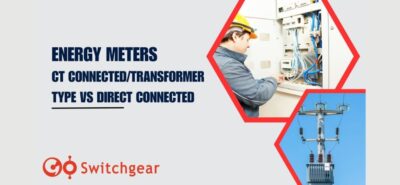
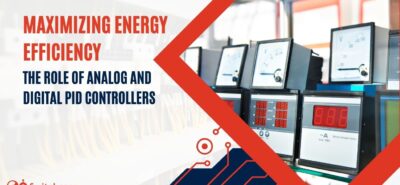
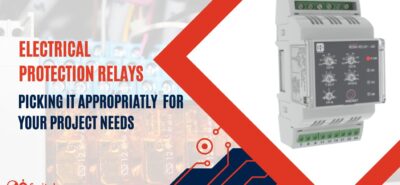
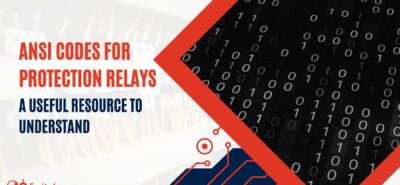



Leave a Reply